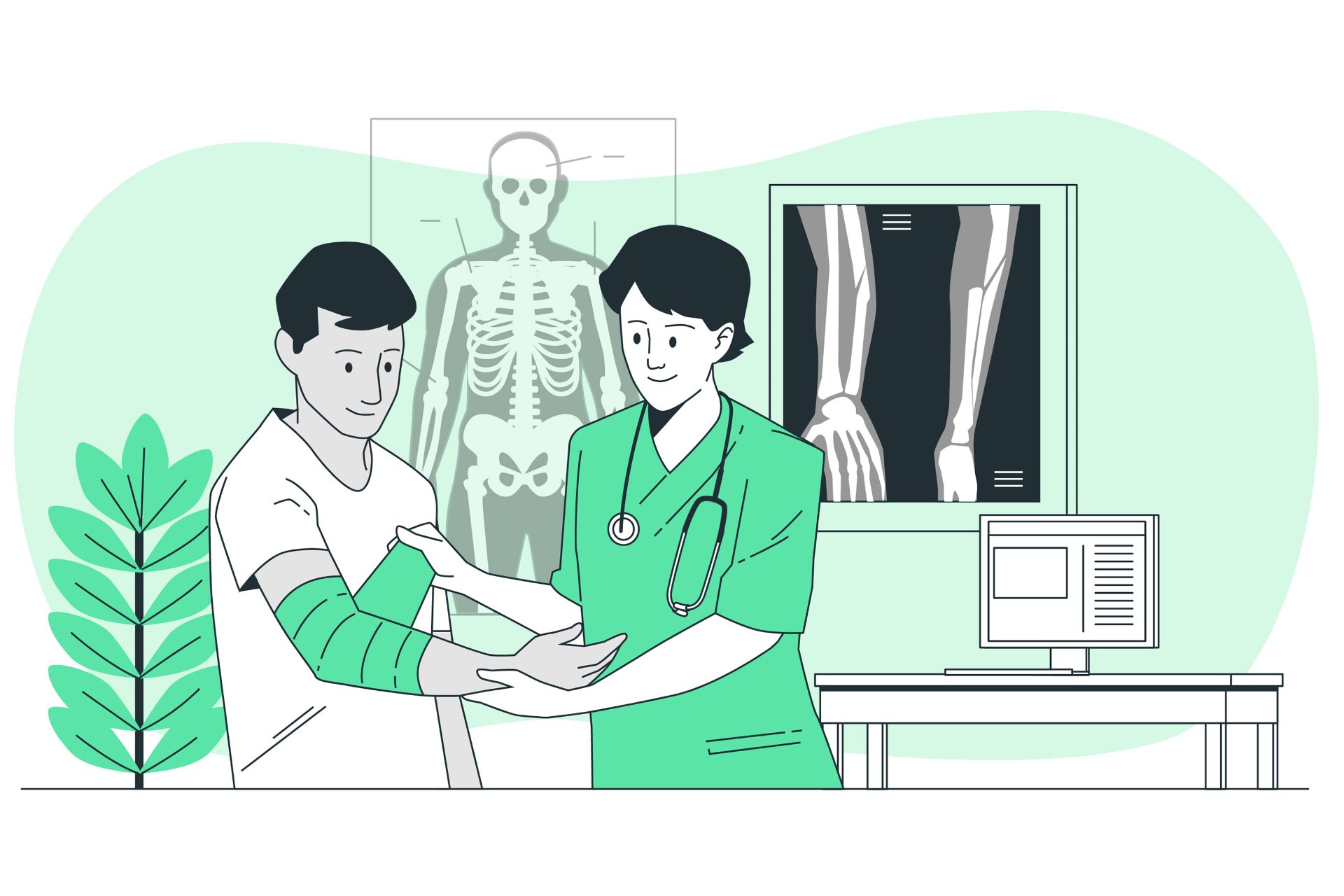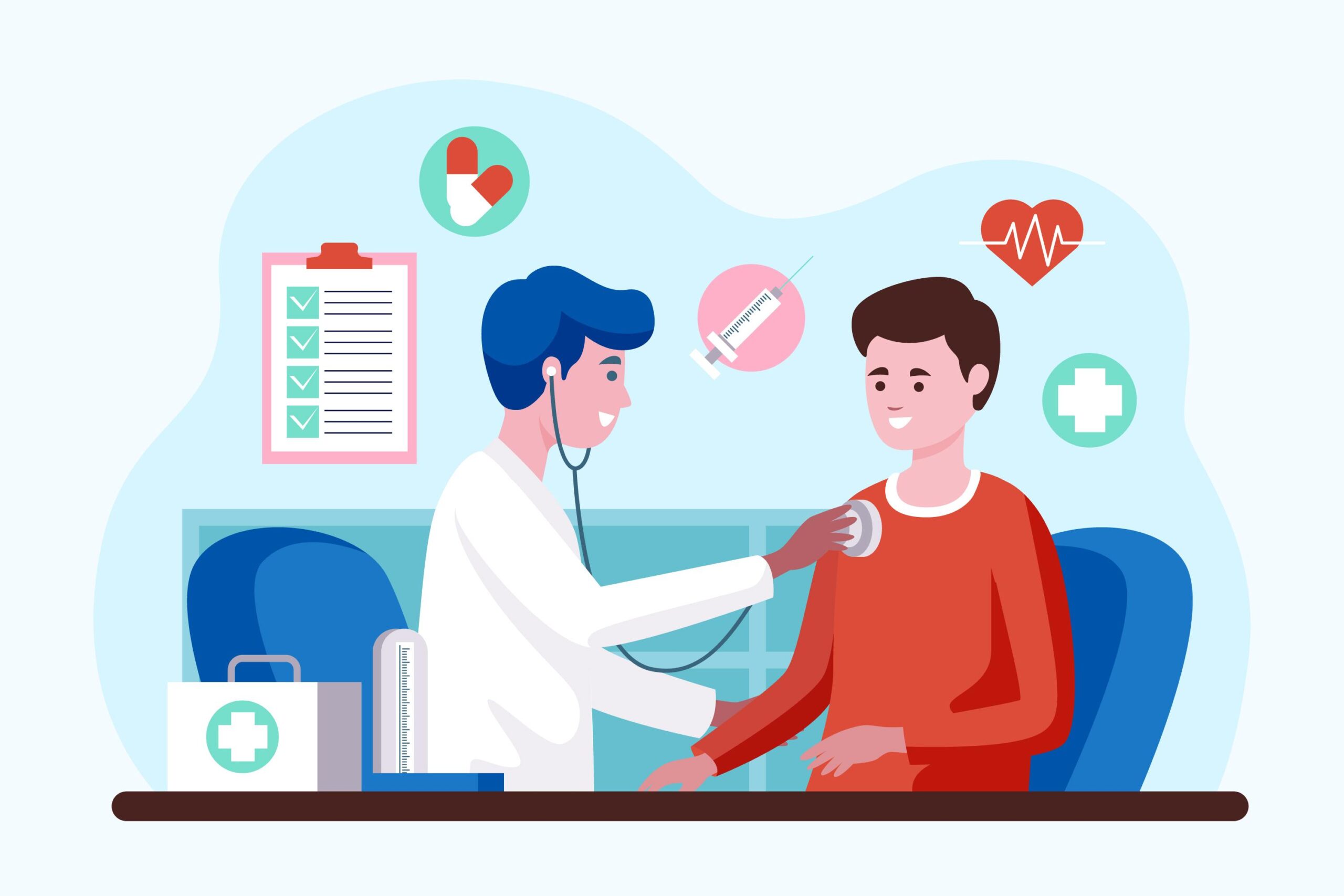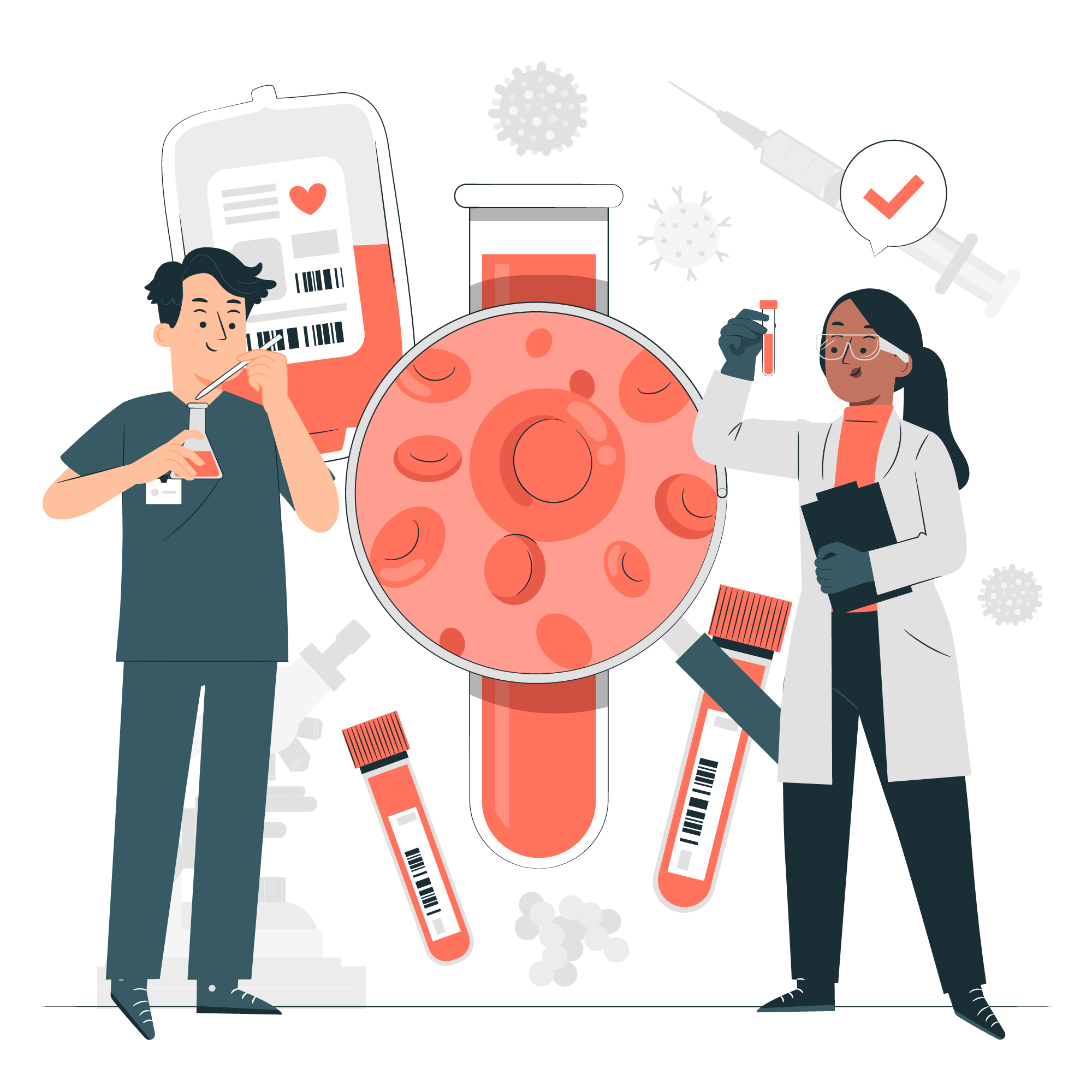When it comes to medical diagnosis, few tools have stood the test of time like X-rays. Since their discovery in 1895 by Wilhelm Roentgen, X-rays have revolutionized medicine, allowing doctors to see inside the human body without making a single incision. Whether it’s detecting broken bones, diagnosing lung infections, or identifying tumors, X-rays play a critical role in modern healthcare. But how exactly do they work, and why are they so important? Let’s dive in.
What Are X-Rays and How Do They Work?
X-rays are a form of electromagnetic radiation, just like visible light, but with much higher energy. When X-ray beams pass through the body, different tissues absorb them at different rates. Bones, which are dense, absorb more X-rays and appear white on the image. Softer tissues, like muscles and organs, allow more X-rays to pass through, making them appear in shades of gray. This contrast helps doctors analyze the internal structures of the body with remarkable accuracy.
Common Uses of X-Rays in Medical Diagnosis
1. Detecting Fractures and Bone Conditions
One of the most well-known uses of X-rays is in orthopedics. If you’ve ever had a suspected fracture, your doctor likely ordered an X-ray. These images help identify:
- Broken bones and fractures
- Dislocations
- Osteoporosis (bone thinning)
- Arthritis-related joint damage
2. Diagnosing Lung and Chest Conditions
X-rays play a vital role in detecting lung diseases. A chest X-ray is often the first step in diagnosing:
- Pneumonia
- Tuberculosis (TB)
- Lung cancer
- Collapsed lungs (pneumothorax)
- Chronic conditions like COPD and asthma
3. Identifying Digestive System Issues
X-rays are also useful in diagnosing problems related to the gastrointestinal (GI) tract. Specialized X-ray techniques, such as barium studies, help detect:
- Ulcers and inflammation
- Blockages in the intestines
- Swallowing disorders (esophageal issues)
4. Dental and Oral Health Examinations
Dentists rely heavily on dental X-rays to assess:
- Cavities and tooth decay
- Gum diseases and infections
- Impacted wisdom teeth
- Jawbone abnormalities
5. Cancer Detection and Tumor Diagnosis
In many cases, X-rays can detect tumors or abnormal growths in various organs. While more detailed imaging techniques like CT scans and MRIs may be needed for further analysis, X-rays serve as an important first step in cancer diagnosis.
6. Evaluating Heart and Blood Vessel Conditions
Cardiologists use X-ray imaging techniques like angiography to examine blood vessels. This helps diagnose conditions such as:
- Blocked arteries (a sign of heart disease)
- Enlarged heart
- Aneurysms
7. Hysterosalpingography (HSG) for Reproductive Health
HSG is a specialized X-ray procedure used to evaluate the uterus and fallopian tubes. It is commonly performed to assess fertility issues, detect blockages in the fallopian tubes, or diagnose abnormalities in the uterine cavity.
Advantages of X-Rays in Diagnosis
✅ Non-Invasive: No surgery or internal procedures are required. ✅ Quick and Painless: The imaging process takes just a few minutes. ✅ Cost-Effective: Compared to MRI or CT scans, X-rays are more affordable. ✅ Widely Available: Almost every medical facility has an X-ray machine. ✅ Accurate and Reliable: Provides clear images for diagnosing various conditions.
Are X-Rays Safe?
One common concern about X-rays is radiation exposure. While it’s true that X-rays use ionizing radiation, the amount is minimal and carefully controlled to ensure safety. In most cases, the benefits of getting an accurate diagnosis far outweigh the risks. Moreover, modern X-ray machines use advanced technology to reduce exposure to as low as reasonably achievable (ALARA).
For pregnant women or those requiring frequent imaging, doctors may recommend alternative diagnostic methods, such as ultrasound or MRI, to avoid unnecessary radiation exposure.
When Should You Get an X-Ray?
Your doctor may recommend an X-ray if you experience:
- Severe pain or swelling in bones and joints
- Chest pain or difficulty breathing
- Unexplained digestive issues
- Dental pain, decay, or gum disease
- Head trauma or suspected skull injuries
- Accident trauma or suspected internal injuries
Conclusion: X-Rays – A Window Into Your Health
X-rays have transformed the way doctors diagnose and treat medical conditions. From detecting fractures to diagnosing serious lung infections and heart conditions, they provide vital, life-saving information. Thanks to their speed, affordability, and accuracy, X-rays remain a cornerstone of modern medical diagnostics.
At Kaizen Diagnostic Centre, we offer state-of-the-art X-ray imaging services to ensure accurate and timely diagnosis for all your health concerns.
📅 Need an X-ray? Book your appointment today! Visit www.kaizendiagnostic.com to schedule a consultation with our experts.



